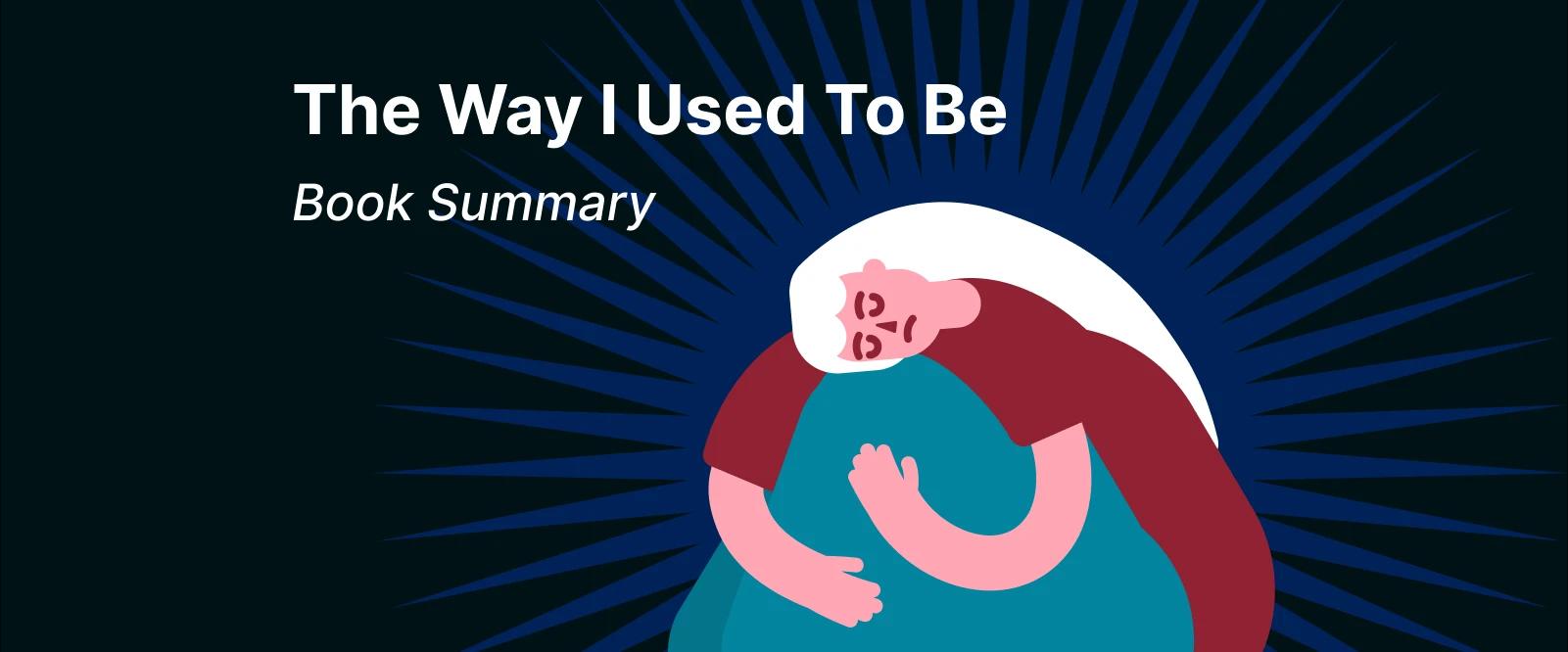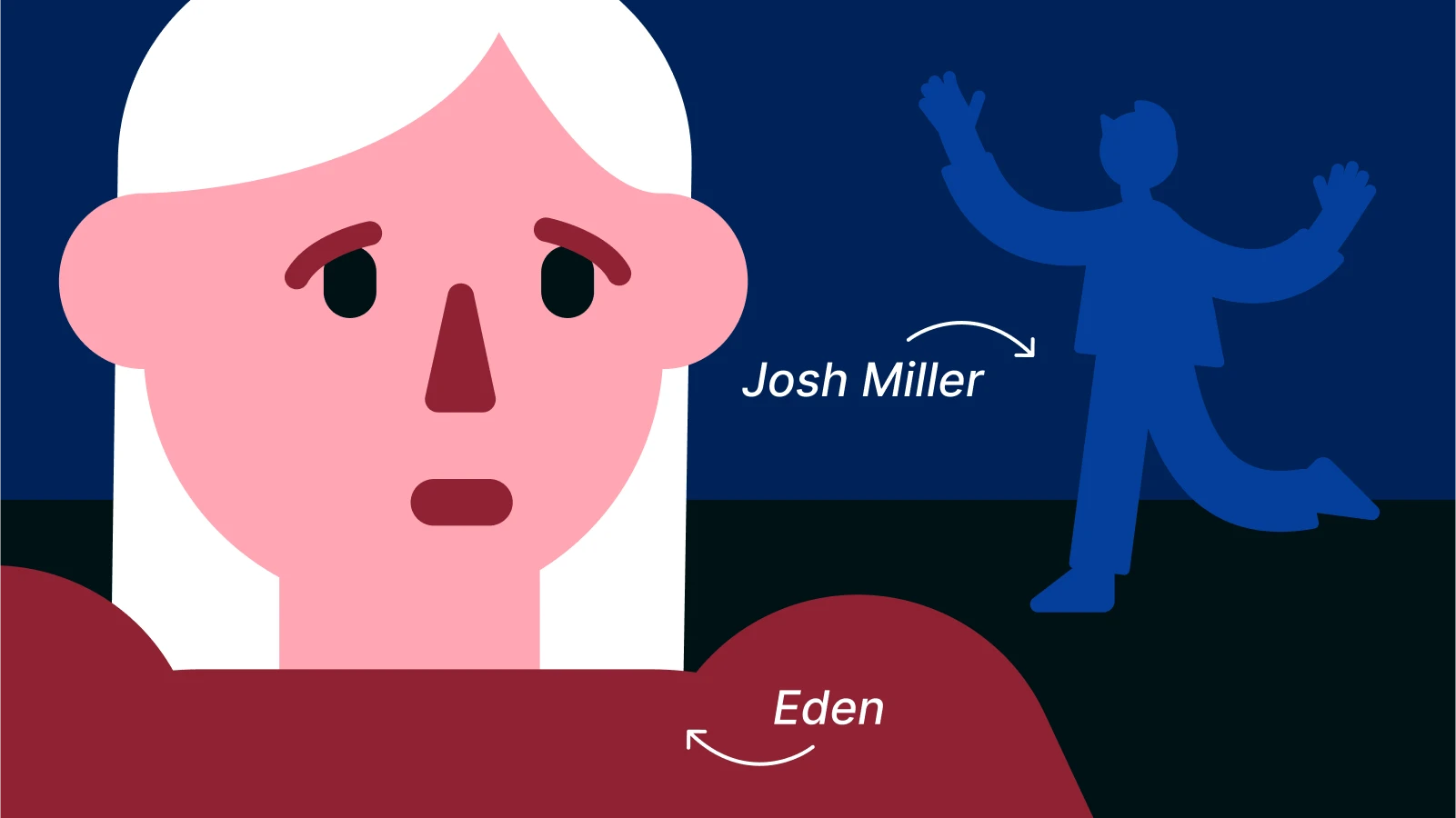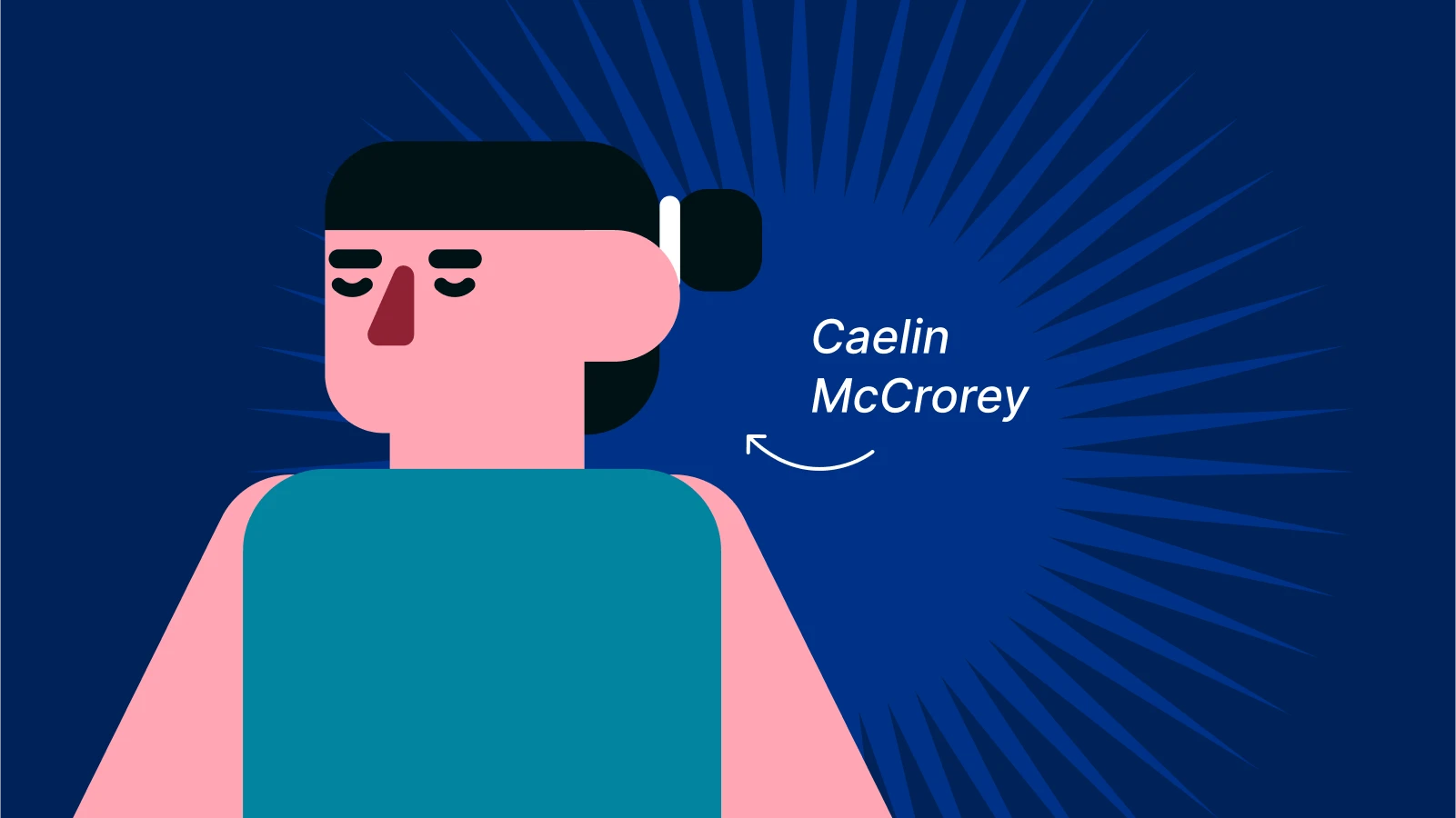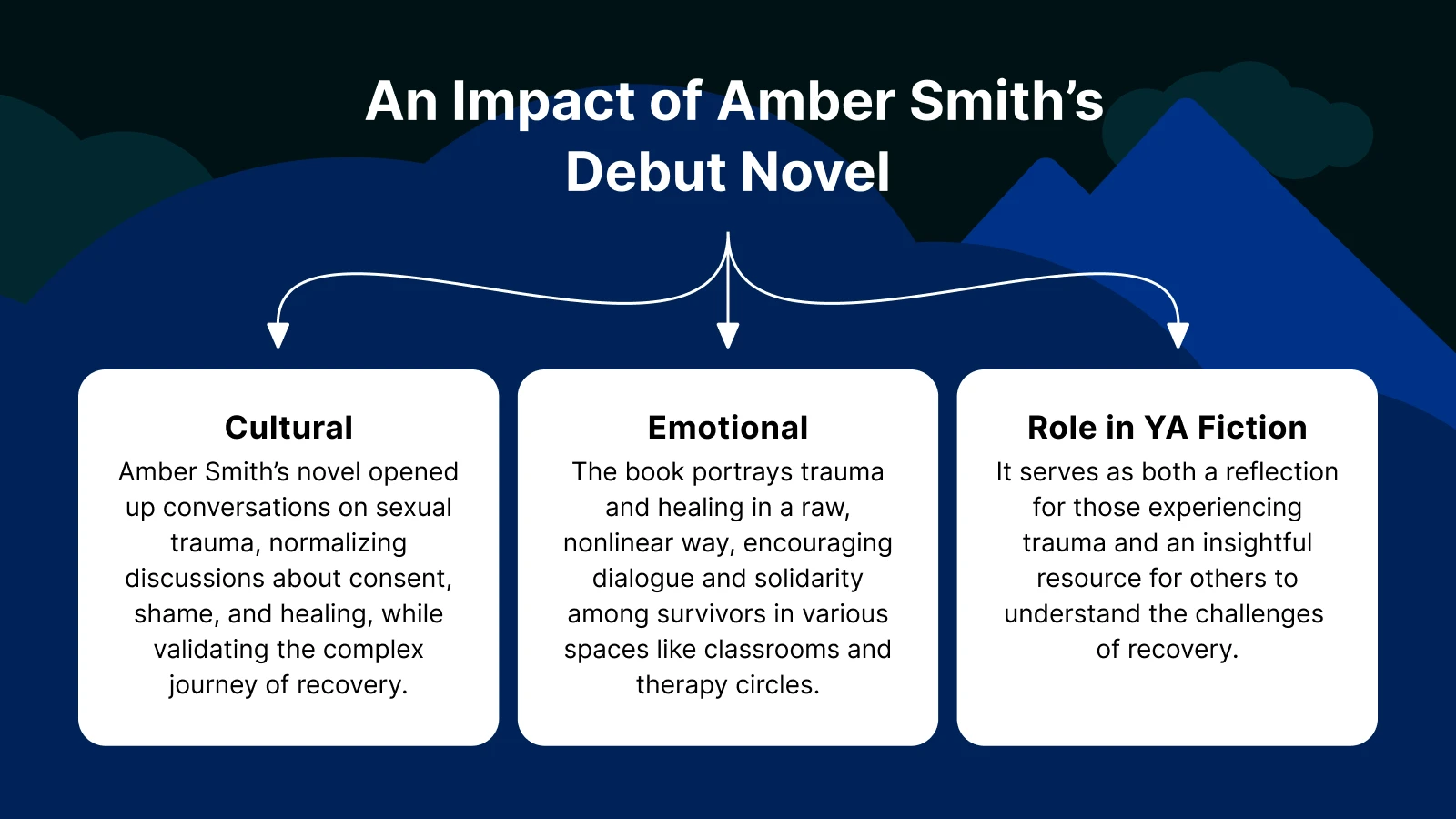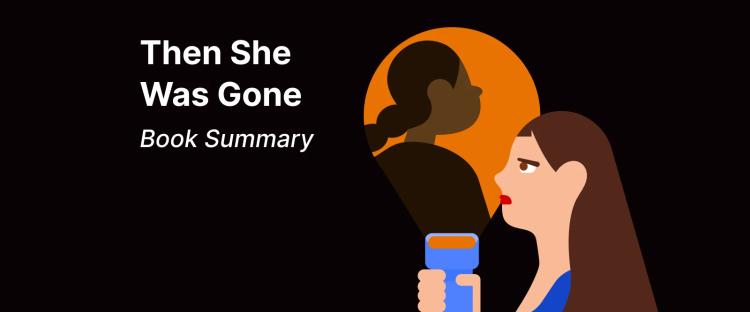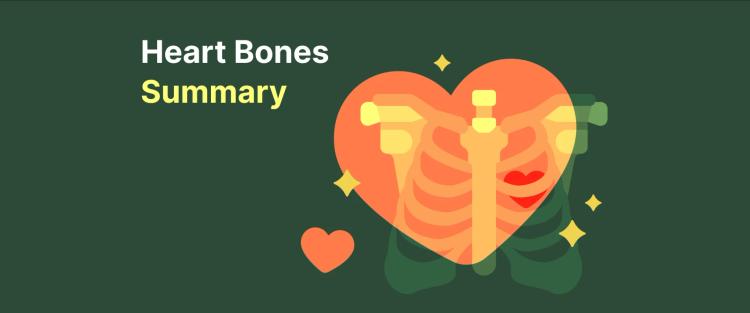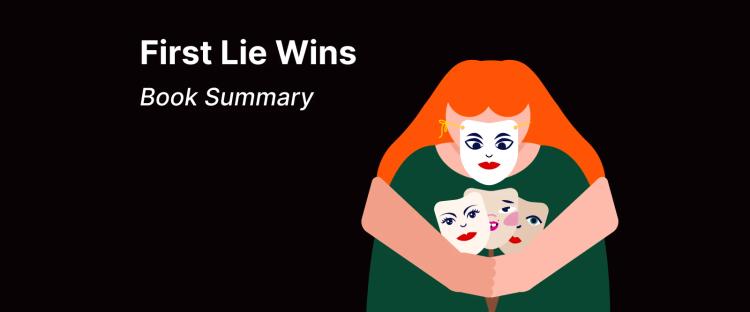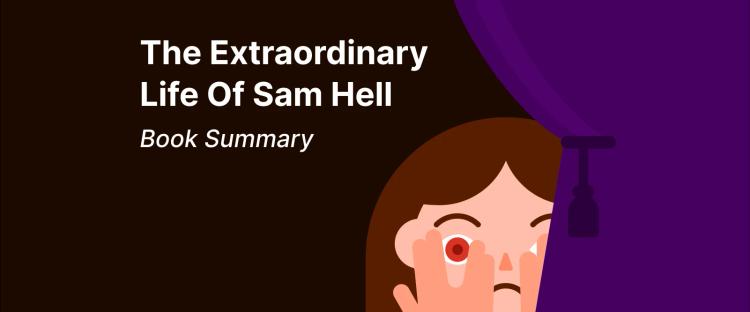Amber Smith's 'The Way I Used to Be' is a hauntingly powerful and heart-wrenching young adult novel that explores the devastating emotional aftermath of sexual assault.
Through the voice of Eden, the story reveals how trauma quietly shapes every corner of a survivor's life, from silence to self-discovery.
This book review delves into the novel's themes, characters, and why its unflinching honesty makes it a worthwhile read.
Quick answer: What's 'The Way I Used to Be' about?
A powerful YA novel by Amber Smith following Eden McCrorey's four-year journey through high school after sexual assault.
Published in 2016, this contemporary coming-of-age story explores trauma, silence, and the path to healing.
Told across four parts (one for each year of high school), it reveals the lasting effects of trauma.
It centers on themes of survival, self-destruction, and ultimately finding the courage to speak out.
Praised by Amy Reed, author of 'The Nowhere Girls,' for its emotional depth and honest portrayal of recovery.
'The Way I Used to Be' full plot summary
Amber Smith's 'The Way I Used to Be' is a raw, emotionally charged coming-of-age novel that follows four years in the life of Eden McCrorey, a high school student whose world is shattered after being sexually assaulted in her own room.
Told in four parts, each representing a year of high school, the novel traces Eden's descent into silence and rebellion and, ultimately, her journey toward reclaiming her voice.
Freshman year – the trauma that changes everything
Eden begins her freshman year as a quiet, studious girl who plays in the school band and enjoys spending time with her best friend, Mara. Her life takes a devastating turn when Kevin, the best friend of her older brother, Caelin, rapes her in her bedroom.
Eden is paralyzed by fear and shame, unable to tell anyone what happened. She buries the trauma deep inside, believing that silence is her only option.
As the year progresses, Eden's personality begins to shift. She quits the band, starts smoking, and distances herself from her parents and friends. Her internal pain manifests as anger and isolation.
Eden vows never to be taken advantage of again, but she's unsure how to navigate the world with her new, fractured sense of self.
Sophomore and junior years – silence, coping, and reckless choices
In her sophomore year, Eden meets Josh Miller, a popular senior who shows genuine interest in her. Their relationship begins with cautious flirtation, but quickly intensifies. Eden, still unable to process her trauma, struggles with intimacy and vulnerability.
She refuses to label their relationship, fearing emotional exposure. When Josh discovers Eden has lied about her age, their relationship implodes, leaving Eden more isolated than ever.
At the same time, rumors about Eden's promiscuity begin to circulate, fueled by Kevin's younger sister.
Slurs appear on the bathroom walls, and Eden's reputation continues to deteriorate.
Her friendship with Mara becomes strained, and Eden turns to alcohol, drugs, and casual sex to numb her pain. Junior year is marked by self-destructive behavior. Eden parties frequently, engages in risky sexual encounters, and continues to push away those who care about her.
Her relationship with her family worsens. Caelin, formerly her protector, emerges as a source of stress, most notably when he violently confronts Josh. Eden's parents are confused by her change but do not know why. As Eden spirals downward, her identity becomes more and more fractured.
Senior year – finding her voice and resolution
By senior year, Eden is emotionally exhausted. Her coping mechanisms no longer provide relief, and she begins to confront the reality of her trauma. When Kevin is accused of rape by another girl at his college, Eden is forced to reckon with her silence.
The accusation triggers a wave of emotions, and Eden can no longer hide her pain.
She reaches out to Josh, the only person who saw behind her layers, sharing the full story of her assault.
The novel ends with Eden reporting Kevin to the police. Eden's decision to speak up is a powerful act of reclaiming her voice. Her story ends not with resolution, but with resilience, a testament to the strength it takes to survive and heal.
Key themes: From trauma to healing
Amber Smith's novel explores several profound and emotionally resonant themes. Let's look at the most significant ones:
Trauma and silence: The central theme is the long-lasting impact of sexual assault and the silence that often follows. Eden's inability to speak out reflects the societal pressures and internalized shame many survivors face.
Identity and transformation: Eden's journey ushers in a dramatic shift in her identity. The girl she used to be is lost, and she struggles to redefine herself in the aftermath of trauma.
Coping and self-destruction: Eden's use of recreational drugs, alcohol, and sex as coping mechanisms highlights the destructive paths that trauma can lead to when left unaddressed.
Friendship and isolation: The novel examines how trauma affects relationships. Eden's bond with Mara deteriorates, and her isolation deepens as she pushes away those who care.
Healing and empowerment: The story is about finding strength in vulnerability. Eden's decision to speak out is an act of self-empowerment and healing.
'The Way I Used to Be' characters explained
While Eden is at the heart of the story, secondary characters are still shaping her world, whether through compassion, neglect, or misunderstanding. Her character development is shaped by her friends, family, and love interest:
Eden "Edy" McCrorey: She's the main character of the story who, after surviving a traumatic assault, retreats inward, unsure how to process the shattering of her world. Her voice evolves throughout the book, shifting from silence and denial to moments of defiance and reckoning. Her healing process isn't linear, and setbacks are a constant reminder of trauma's grip.
Mara: Eden's best friend, represents both companionship and emotional distance, and also what Eden loses in her attempt to keep her pain hidden. At times, she's a lifeline, a reminder of normalcy and connection. Their relationship fluctuates between closeness and tension, reflecting how trauma can distort even the strongest bonds. Mara's inability to understand Eden's withdrawal creates friction and missed opportunities for comfort.
Josh Miller: He is a senior who enters Eden's life during her sophomore year and quickly becomes a figure of emotional refuge. Their romantic relationship is Eden's first attempt at intimacy post-trauma, but her struggle with trust and self-worth creates tension and instability. Josh remains a source of quiet strength, never pushing Eden to reveal more than she's ready to share.
Caelin McCrorey: He is Eden's older brother and a complex figure caught between loyalty and detachment. Their sibling dynamic shifts dramatically, particularly as Eden's trauma deepens and Josh navigates his own college life. He's not intentionally cold, but his emotional unavailability underscores the loneliness Eden faces within her own family. She unconsciously blames him for not coming to her aid and always having Kevin around.
Kevin: He is Eden's attacker and a disturbing person whose charm conceals predatory violence. As Caelin's best friend, his treachery plunges even deeper, both from his actions and through the mangled trust Eden once had in him, and he embodies the heartless paradox of a perpetrator who wears an all-too-familiar face and enjoys social credibility.
Eden's Parents: They care about Eden and her safety, and on the surface, they provide a stable household. They love Eden, but they don't realize the chaos their daughter is experiencing. But let's be honest, they aren't taking the obvious signs of emotional challenges and behavior changes in Eden. The evolution of the family dynamics is underlined by how Eden addresses them: initially, they are "mom and dad", then by their first names. Once she faces her trauma, she returns to recognizing them as her parents.
Each character plays a crucial role in Eden's emotional landscape, either contributing to her isolation or offering a path toward healing. These figures are the emotional catalysts, forcing Eden to confront truths she's been running from. Through them, readers witness the full spectrum of support, betrayal, and the quiet ache of missed connections.
Why 'The Way I Used to Be' matters in YA literature
Amber Smith's novel stands out as a vital contribution to the genre of YA trauma fiction. Eden's emotional descent and gradual recovery place this book among the most powerful YA novels dealing with sexual trauma:
'The Last to Let Go' by Amber Smith examines domestic violence and resilience.
'Speak' by Laurie Halse Anderson explores a rape victim's silence and healing after sexual assault.
'Girl in Pieces' and 'How to Make Friends with the Dark' by Kathleen Glasgow focus on self-harm and emotional recovery.
'Thirteen Reasons Why' by Jay Asher dives into bullying and suicide.
'Something Like Gravity' by Amber Smith follows a transgender boy who falls in love for the first time.
'The Way I Used to Be' joins these titles in offering a raw, unfiltered look at the emotional aftermath of trauma. It resonates deeply with young readers, especially those who have experienced similar pain. As Amy Reed explained:
"Amber Smith has a way of holding our hearts so even the hardest things seem possible. With 'The Way I Am Now,' she shows us that the potential of love and healing, no matter how messy, are already, and always, inside us."
Still, several elements set it apart from similar stories:
Unique narrative structure: The book chronicles Eden's trauma over four distinct high school years, giving readers a layered view of her transformation.
Authentic emotional journey: Eden's story refuses to simplify trauma. Her spiral and eventual decision to speak out is messy but deeply real and honest.
Empathetic resonance: For survivors, Eden's story is validating and encouraging. For other readers, it fosters empathy and understanding.
A guide through the healing journey: The novel doesn't romanticize trauma. It illuminates the long path toward recovery, anchored by moments of truth and self-reclamation.
Cultural and emotional impact
Amber Smith's debut novel shattered the silence around sexual trauma in young adult fiction, offering a raw, unflinching portrayal of survival through Eden's voice.
Culturally, it helped normalize conversations about consent, shame, and healing. The book is for those who saw their own pain in Eden's fragmented journey, validating the complexity of recovery and the importance of speaking out.
Emotionally, the novel refuses to simplify trauma. It honors the messy, nonlinear healing path. It's still a powerful tool in classrooms, therapy circles, and book clubs, sparking dialogue and solidarity among survivors everywhere.
As a YA trauma novel, it serves as both a mirror for those who see themselves in Eden and a window for those seeking to understand the complexities of trauma. The book encourages readers to confront brutal truths and embrace the possibility of recovery.
Trigger warnings for 'The Way I Used to Be'
Amber Smith's novel explores a number of sensitive issues that some readers may find difficult to read. While the narrative is written with empathy and care, it still illustrates the harsh truths of what Eden goes through. Readers should be aware of the following content:
Sexual assault: The central event of the novel is Eden's rape by her brother's best friend. The assault is described in emotionally intense detail, and its aftermath is explored throughout the book.
Bullying and shaming: Eden faces cruel rumors, verbal abuse, and social isolation from peers who misjudge her behavior.
Substance use: Eden turns to alcohol and recreational drugs as a way to cope with her trauma, which is portrayed as part of her emotional spiral.
Risky sexual behavior: The novel includes scenes of casual sex and emotional detachment, reflecting Eden's struggle with intimacy and self-worth.
Emotional abuse and neglect: While not overtly abusive, Eden's parents are emotionally distant and unaware of her suffering, which contributes to her isolation.
Mental health struggles: Themes of depression, dissociation, and self-destructive behavior are present throughout Eden's journey.
Smith's portrayal of trauma is raw but never exploitative. The novel offers a realistic lens into the emotional aftermath of sexual violence, making it a powerful but potentially triggering read.
It's important for readers to approach the book with care and self-awareness, especially if they have experienced similar trauma.
Find more captivating book summaries on Headway
Amber Smith's 'The Way I Used to Be' summary offers crucial insights about this courageous, necessary, and beautiful book. It doesn't provide easy answers, but it does offer hope. Eden's story shows the power of resilience and the human spirit. Here are some of the main reasons why you should read it:
Empathy and awareness: It urges readers to look beyond the surface and see the invisible battles people face. Eden's story reminds us not to judge others without knowing their full story.
Hope in darkness: Despite its heavy themes, the novel is ultimately about survival and reclaiming one's voice. Amber Smith wrote it with the hope of inspiring even one person to find light in despair and truth in silence.
Powerful writing: Smith's prose is poignant and emotionally resonant.
Conversation starter: The book opens up space for dialogue around sexual violence, mental health, and healing — topics that are often stigmatized but desperately need attention.
The audiobook version offers a deeply immersive experience, bringing Eden's voice to life. You can find the book in various formats on Amazon and explore reader reviews and reflections on Goodreads.
If 'The Way I Used to Be' got you thinking about trauma, healing, and the bravery it takes to reclaim your voice and agency, consider taking a further step to explore those themes. The Headway app has condensed 15-minute summaries of book-length explorations of resilience, mental health, and personal transformation. From 'A Woman of No Importance' and 'Relationship Goals' to 'All About Love' and 'She Said,' Headway helps you continue your journey of understanding.
Download the Headway app and turn powerful stories into actionable wisdom, one bite-sized lesson at a time!
Frequently asked questions about 'The Way I Used to Be' summary
Is 'The Way I Used to Be' based on a true story?
It isn't a narrative nonfiction book. However, Amber Smith was partly motivated by real-life experience and activism around sexual violence. She deliberately constructed Eden's story to mimic the authentic emotional experience many survivors have when reflecting on a traumatic event, which is likely the primary reason the fictional story feels so real and relatable to readers.
What is the central theme of 'The Way I Used to Be'?
The novel deals with the profound consequences of sexual assault and the long and often painful process of healing. It embodies many elements of trauma, including enslavement to silence, ensuing identity crises, and resilience, demonstrating how a single moment can irrevocably fracture a person's self-image, and how recovery, acceptance, and reclamation can be a gradual process requiring time and bravery.
Is 'The Way I Used to Be' appropriate for teens?
While the book is written for a young adult audience, it covers some weighty issues, such as sexual assault, drug use, and reckless behavior. It's more appropriate for an older teenage audience (16+). Parents, teachers, or anyone considering this book for a young reader should consider their maturity levels, and possibly read it first to determine its suitability for that reader.
Is there a sequel to 'The Way I Used to Be'?
If Eden's story resonates with you, consider reading the next book in the series, 'The Way I Am Now.' It follows Eden, now a young woman, and Josh as they live their lives after trauma. It's a beautiful continuation of Eden's journey, reinforcing the message that survival is not the end, but the beginning.
What books are similar to 'The Way I Used to Be'?
Readers often draw parallels between this work and Laurie Halse Anderson's 'Speak,' which also shows the impact of trauma. Other comparable works are 'All the Rage' by Courtney Summers, 'The Female of the Species' by Mindy McGinnis, and 'Asking for It' by Louise O'Neill — all look at the themes of consent, survival, and healing honestly and directly.

